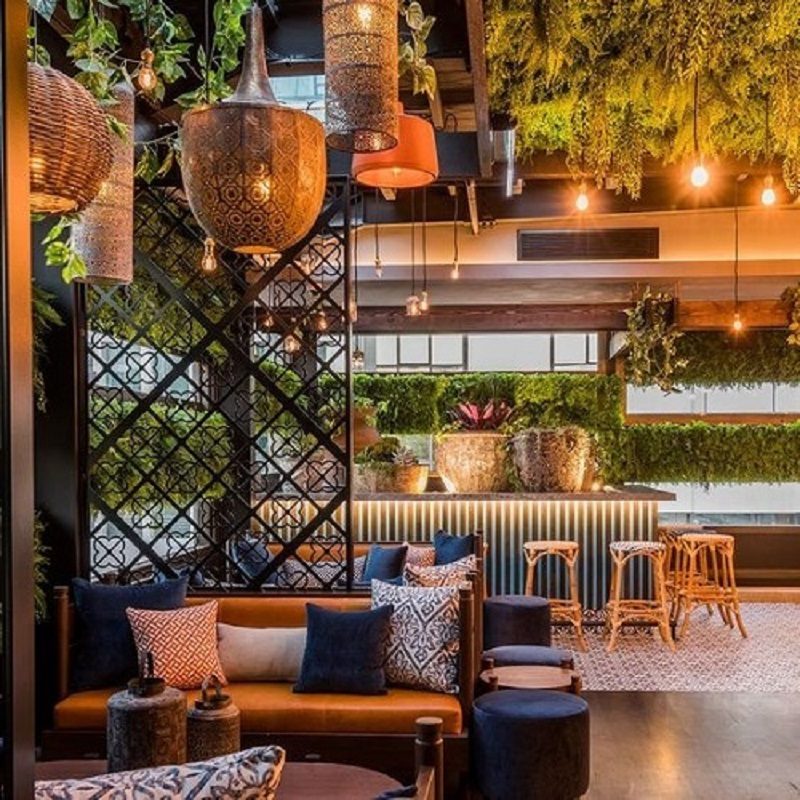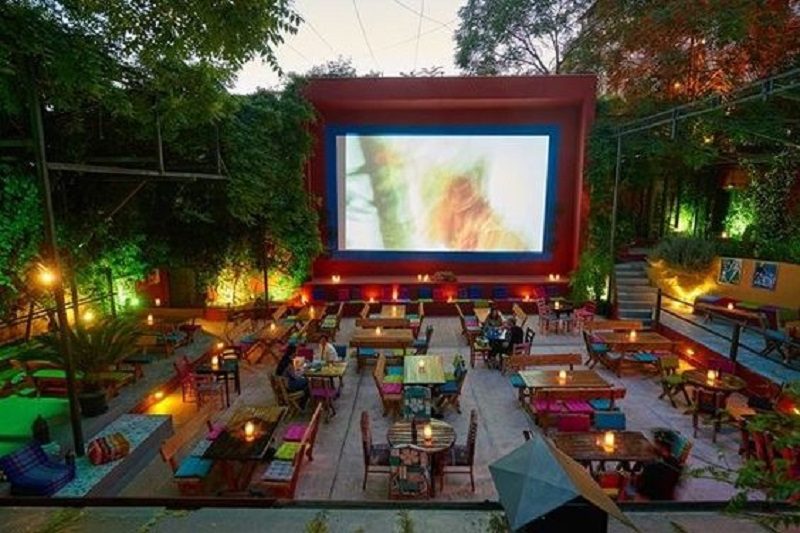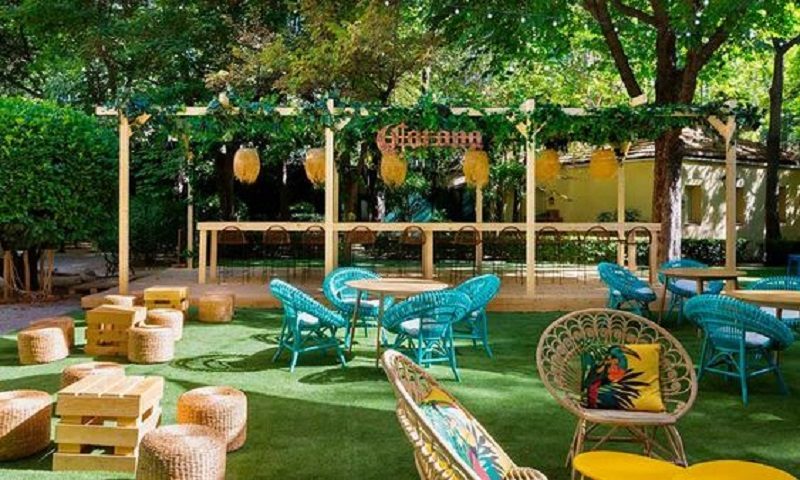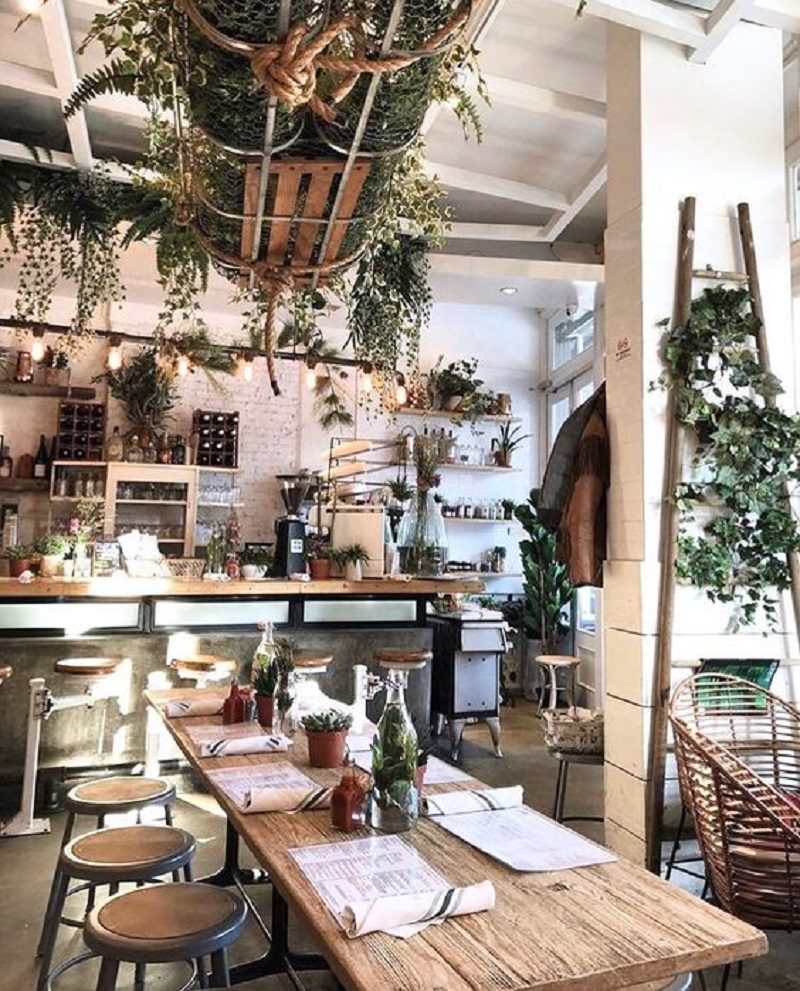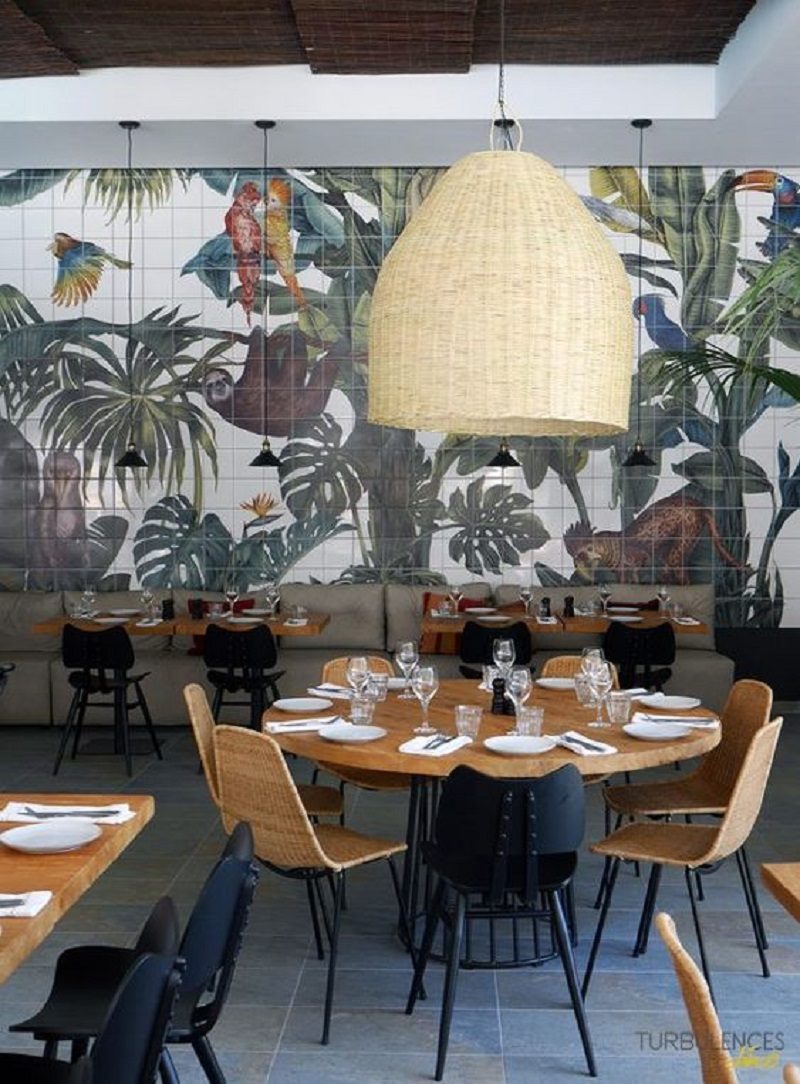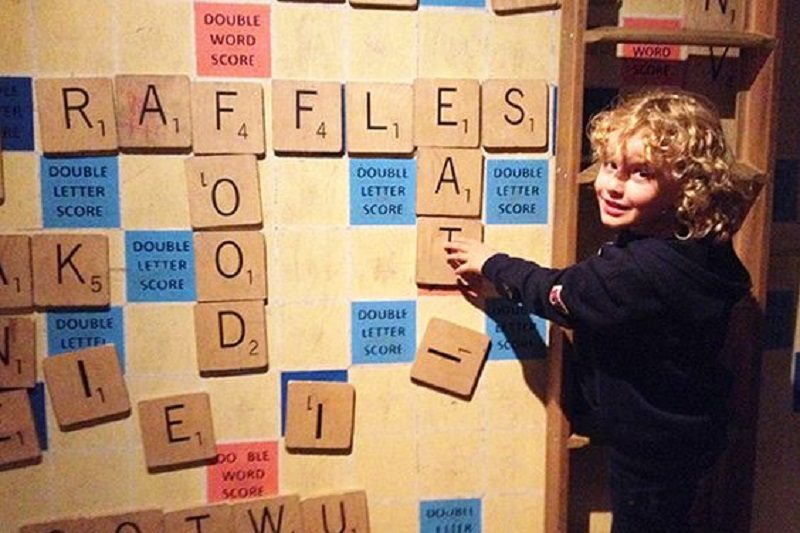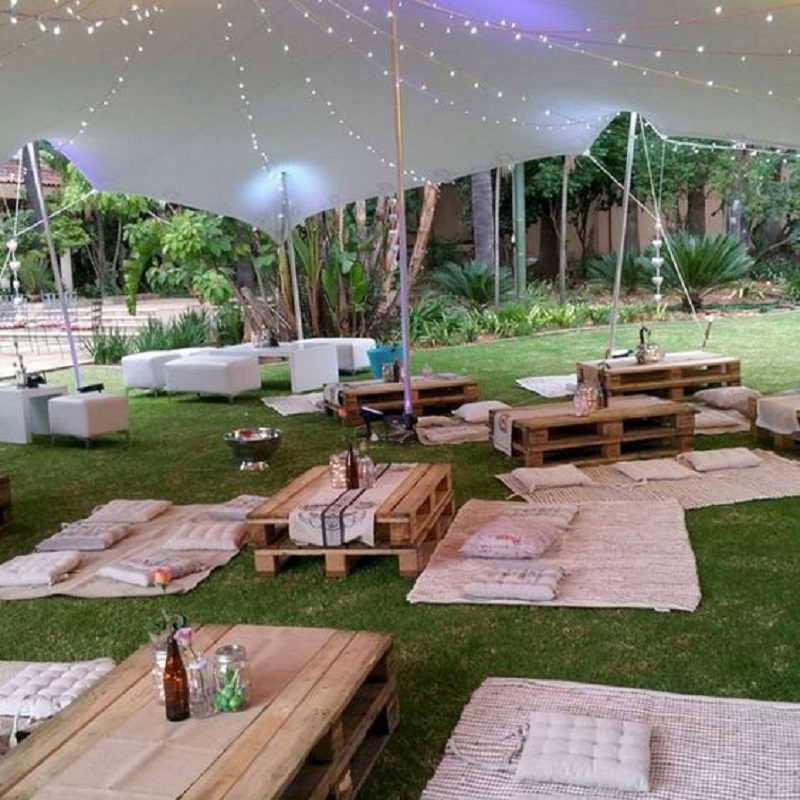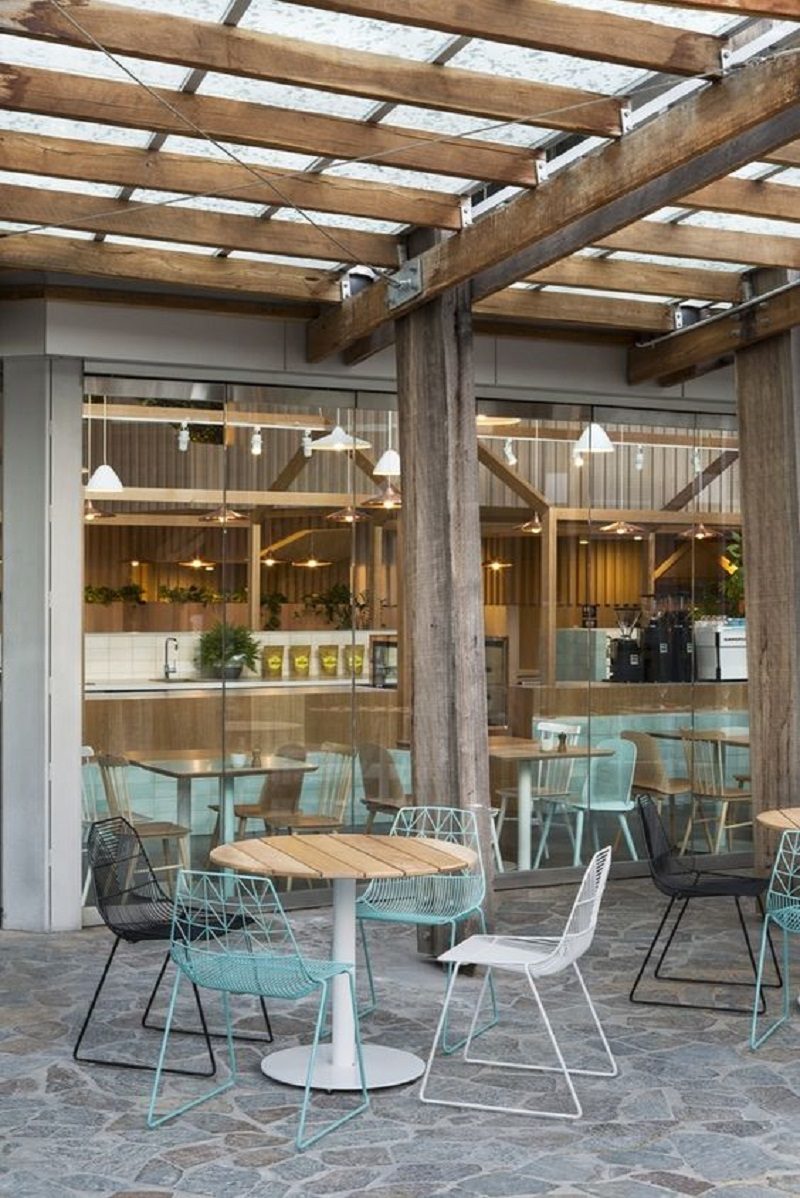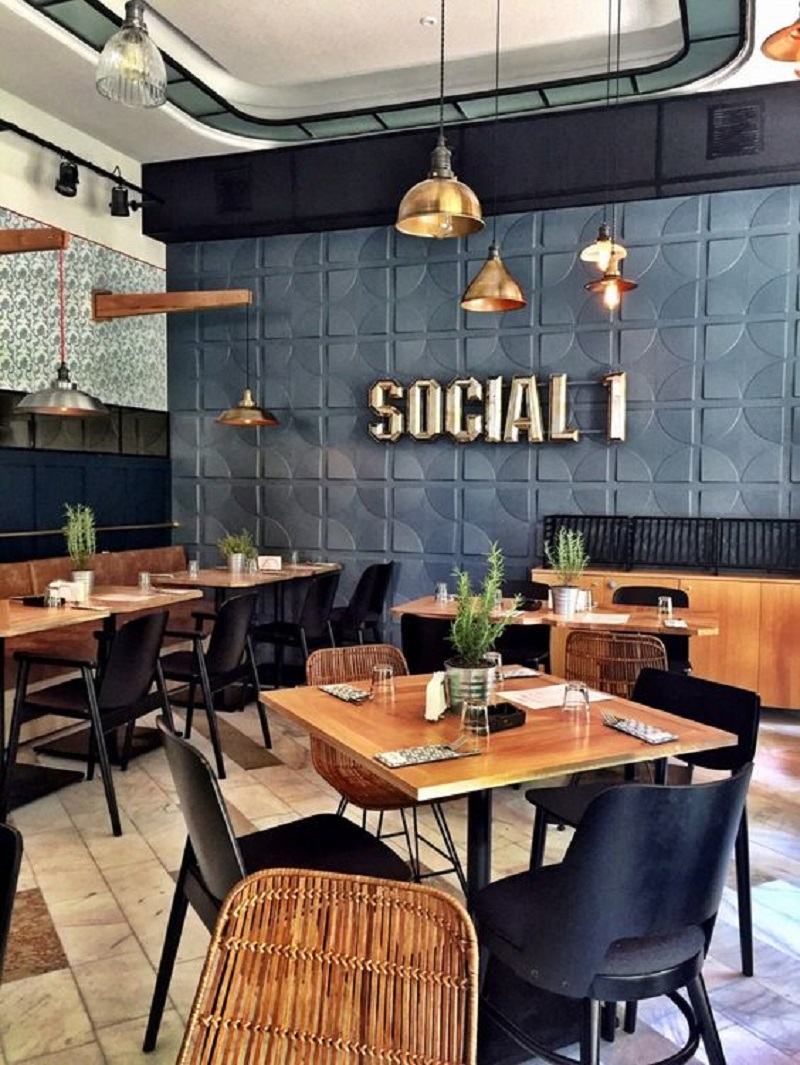In our last article Pubs vs Clubs 2 – The fight for hospitality supremacy… we discussed what members of the Club industry thought was holding them back and what they could be doing better.
One of the key issues raised was the perceived stigma of going to a Club. We discussed how there is a perception amongst non-Club-goers that ‘Club’s are for Club people’.
We suggested that Clubs were going to have to think about how to ‘Break the Club Mould’.
We discussed how ‘Breaking of the Club Mould’ is happening in much of the top 100, but this is not necessarily happening for the rest.
In this article, we take a closer look at what we really mean when we talk of ‘Breaking the Club Mould’ and how you can do it…
So why would we want to break the ‘Club mould’ anyway?
We have a proud history of serving the community. We’re a welcoming and safe environment to socialise.
What’s wrong with the ‘Club mould’? Why ‘would’ we change? Why ‘should’ we change?
What we ‘don’t mean’ when we’re talking about ‘breaking the Club mould.’
Of course, there’s nothing wrong with the traditions of the ‘Club mould’ per se!
When we talk about ‘breaking the Club mould’, we’re not talking about moving away from the traditions or community focus of a Club. These are still core strengths.
The great thing about Clubs is that they’re co-operatives – they’re member-driven. The Board is voted in by the members, and therefore, the Board represent the interests of members. This characteristic has helped Clubs develop their reputation as safe, welcoming and inclusive environments.
However, in times gone by, the member-driven nature of Club’s has also manifested in other characteristics such as the belief, from a member and Board perspective, that Club’s should provide a great deal of ‘value-driven’ benefits for their members.
In many instances, this ‘value’ was provided in the form of inexpensive food and beverage – essentially subsidised by the pokies.
In many instances, the food was served in bulk to keep costs low and was of marginal quality. Of course, this may not be true of all Club’s; however, the reality is it was true for many and in some cases still is.
However, as we heard in the Pubs vs Clubs 2, pricepoint is not the drawcard that it used to be. When it comes to entertainment and lifestyle choices these days, the younger demographics have moved on.
Unfortunately, for the Clubs, there is still a perception that persists amongst non-Club-goers, that “Clubs are for Club people”.
What we ‘do’ mean when we’re talking about ‘breaking the Club mould.’
So when we talk of ‘breaking the Club mould’, we’re not talking about Clubs departing from their charter as a community-driven organisation.
At a basic level, we’re referring to breaking away from the old model of pricing beverages too ‘cheaply’, not placing enough emphasis or importance on food and using the pokies as a crutch.
It’s fair to say that a significant proportion of Clubs these days have, indeed, broken this mould. But it’s still surprising to us when we talk to CEO’s and Managers who have a hard time raising beer prices – either the Board resist or the members kick up a stink.
Breaking the Club mould is also about introducing some genuinely enticing elements into your offering that move beyond ‘value-driven’ and toward higher-margin ‘value-added’ offerings.
In a nutshell, it is about making your venue an easy choice for a broader demographic with higher discretionary spending.
Looking to break Club Mould? What should you be doing?
If you want to break the Club mould; if you want to be a venue that’s an easy choice for a broad demographic; and if you want to make various user groups feel genuinely welcome in your venue, it requires some key ingredients.
Fortunately, the key ingredients don’t require starting from scratch! In most instances, it’s a ‘pivot’ to your current operation…. a rethink of what you’re already doing.
Can you pivot toward a growing target market?
Of course, you need to identify the target market first. Sometimes it’s obvious, and sometime it may not be.
We’re currently working with a bowling club in an inner suburban location. It’s a great club; it’s managed well, and they have a loyal membership base. However, the area around them is changing significantly and rapidly.
The post-war bungalows that once dominated the area are being demolished to make way for medium density housing. The older demographic that used to live in the bungalows, many of whom were also bowlers, have moved on (…or upward as they say).
There’s been an influx of professional couples and families who have been attracted by the crisp, clean lines of the new apartments and their proximity to the CBD and other conveniences.
In times gone past, Clubs were a second ‘living room’ for that older demographic who lived in the bungalows. Clubs were places to socialise in comfortable air-conditioned environments with big TV’s and entertainment like the pokies and TAB. But in our modern times and in the age of the internet these are standard provisions at most people’s homes, and especially so in the shiny new apartment buildings.
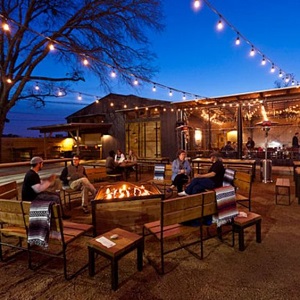
Clubs need to adapt and start looking at what people are not getting as our urban environments evolve. One key thing is space! And, in particular, outdoor space.
So while in the past Clubs were able to entice customers by offering a better ‘living room’ experience than what people had at home; perhaps for some Clubs, like this Bowling Club, their future lies with offering a sensational ‘backyard experience’.
The Board and Management of the Club we’re working with have identified this opportunity, and they’re preparing to pivot – to provide the ultimate backyard experience for the new residents moving in around them.
This particular Club has already downsized from three bowling greens to two. But the Board have come to the realisation (i.e. conceded to commercial reality) that one of the two bowling greens is going to need to be reduced in size on one side to accommodate outdoor socialising space, and it’s also going to have to be the barefoot bowls green (and cop a bit of abuse).
The backyard experience will be a comfortable space to socialise outdoors with cool and quirky furniture; there will be entertainment options like barefoot bowls or live music; this needs to be paired with a great food of offering; and the space will be divided to cater for different user-groups – flexibility for diners, smokers, families, corporates etc.
This concept of dividing a space, area or building to cater to different user groups is what we call segmentation, which we discuss next.
Can you pivot by ‘segmenting’ your venue to be more welcoming of diverse user groups?
Being community-focused organisations, it’s a given that Club’s are generally ‘welcoming’ – and this is great! However, a venue ‘saying’ it is welcoming of a broad demographic, doesn’t necessarily mean that it ‘feels welcoming’ to everyone that walks in the door.
One of the key ingredients is segmenting your venue so that it can accommodate different user groups with minimal conflict.
Segmentation refers to dividing up a venue with physical or implied boundaries with the use of walls, screens, furniture or other built elements to accommodate the needs of a specific user group.
One current driver for effective segmentation, for example, is the challenge to accommodate families (and kids) in such a way that it doesn’t annoy (or worse alienate) the longer-standing members of your Club.
Another example would be those fluro-clad tradies. Are they allowed in the Club for an after-work drink and tiple on the pokies? Or are their boots and fluro’s incompatible with the ambience (and dress code) of your venue? Can you provide an area of the Club, like a sports bar, with direct access off the foyer to make it a standalone bar for the tradies?
Can you pivot from a ‘sporting focus’ to ‘entertainment and lifestyle focus’?
We discussed in Pubs vs Clubs 2 that just because it’s part of the constitution to be a Club that promotes a particular sport doesn’t mean you trade to the death promoting that particular sport.
Leagues Clubs did this a long time ago – separating their sporting component from the Club operation. It’s certainly time that bowling clubs followed suit and start to reduce the influence of bowling as a deciding factor that influences the Club operations.
A good example that we’ve discussed previously is the way barefoot bowls has increased in popularity…. but that’s because bare-foot bowling is not really about bowling! It’s about entertainment and lifestyle.
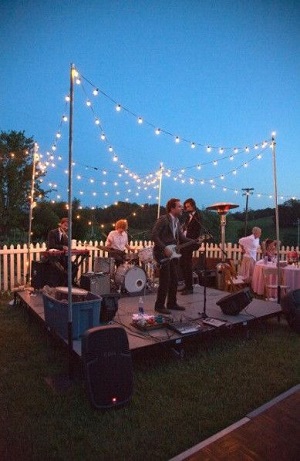 We’ve talked about the top 100 Clubs breaking the Club mould, being management-driven and making commercial decisions. There are examples of top-100 Club’s amalgamating with bowling clubs and transforming them into genuine entertainment and lifestyle focused venues.
We’ve talked about the top 100 Clubs breaking the Club mould, being management-driven and making commercial decisions. There are examples of top-100 Club’s amalgamating with bowling clubs and transforming them into genuine entertainment and lifestyle focused venues.
When these amalgamations have occurred, traditional lawn bowls has not been stifled altogether, but it does have to find its place among the entertainment and lifestyle focused activities that will start to bring more customers through the front door. These venues have become more female-friendly; more family-friendly; and more fashionable. The North Sydney Greens and the Acre Club are notable examples.
What about the sub-Clubs? The darts and those enormous snooker tables? Well, maybe they’re justified. But it should be a case of looking at how many square metres they occupy? Who do they bring to the Club and what revenue do they generate?
If darts or snooker is genuinely your niche then maybe they’re still providing a justifiable ROI…. but our bet is in 99% of cases they’re not. Can the space they occupy be put to better use that generates more revenue?
Can you pivot from ‘value-driven-product’ to ‘value-added-experience’?
As we discussed earlier, customers these days want quality and experience, and they’ll pay for it.
Can you focus on a niche food offering that is a drawcard in its own right rather than standard schnitty and chips (pub-grub) or the old Chinese caterer? Of course, a niche food offering at a higher price point will need to be presented as a full package – the environment and service will need to be upgraded to match the menu.
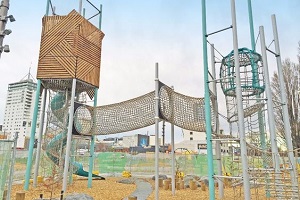
We seem to touch on the family market often, and it is certainly not the solution to everything! However, there can be more to the family market than chucking in some kids play equipment on a grassed area. There is a movement to keep all ages of kids (including teens) off their devices. A carefully curated ‘kids’ play area can engage all ages. Merivale venues have done this particularly well at their venues like the Pavilion and the Newport.
Can you pivot and challenge the notion that food is too hard to do yourself?
Is the traditional Chinese caterer still the right food option for our Club?
Can you bring in the expertise to do food yourselves… and make a profit out of it!?
Yes, we know of the difficulties experienced by some Clubs attempting to do this. But the fact that the café down the road can do it shows it can be done. As we’ve postulated previously, in many instances, we think the root cause for some Clubs having difficulties managing a food operation is because the management skills have been built managing poker machines which is very different to managing chefs and cooks!
Can you pivot into left-field offerings?
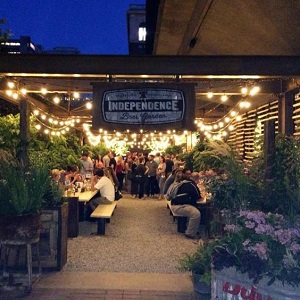
One of our clients has recently taken on a market operator. It’s a great synergy!
They’re a Club that has come to the realisation that one of their bowling greens needs to be reduced in size to provide social space (as well as becoming the barefoot bowls green). Together with the car park, they have an abundance of open space that’s easy to access. Just what a market operator is looking for.
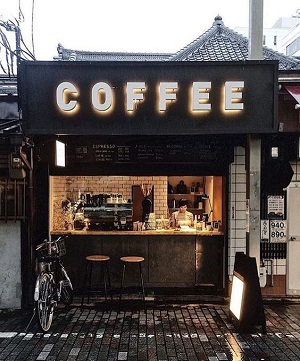
The Club will receive income in the form of rental payments for hosting the markets. The Club grounds will be awash with market-goers and families every Sunday morning. In addition to the Club benefiting from the exposure of it’s facilities to the market-goers, the markets will feature organic produce, and other artisan stalls and the Club will benefit by association with these fashionable offerings – just what a Club in need of revitalisation is looking for.
Cleverly, the Club has agreed with the Market operator that the markets will not host a coffee-cart. This has given the Club a launching pad to set up their own permanent coffee-shop which will be boosted handsomely every weekend during the markets.
Another venue we’ve looked at recently has a magnificent property in a central CBD location. Their core business is, in fact, accommodation and over the years it’s fair to say some other parts of the Club building have become under-utilised.
In this instance, we see an excellent opportunity for a Club like this to provide flexible workspace facilities – perhaps a hybrid of WeWork-style coworking space and a Qantas-Club-style Lounge. Corporates love getting out of their corporate environments to hold workshops, strategy sessions and meetings with clients. And many professionals (think bankers and lawyers) love ‘exclusivity’ even more.
A premium membership co-working space cum serviced lounge would set them apart in a location that is saturated with entertainment and lifestyle options. Such a left-field niche idea together with food and accommodations options would translate to a genuine value-added experience for which corporates would pay a premium price!
Is your Club ready to ‘Break the Club Mould’ and… “Think Different”
In 1997 Apple had lost its way and was on the brink of bankruptcy. Personal Computers were becoming a commodity; they were operating in a fiercely competitive market; they were suffering from a lack of new ideas and failed products.
What was considered a risky ‘punt’ at the time, is now recognised as one of the great business decisions of all time. As is now legend, the Apple Board bought back Steve Jobs.
One of the first things Jobs did to reinvigorate the company and their approach was to come up with the ‘Think Different’ slogan and campaign. From that moment, the direction was set for Apple to grow into the world’s most valuable company.
Breaking the Club Mould is about ‘Thinking Different’. Taking a punt. Not doing things the way they’ve always been done. Looking for opportunities to differentiate. Add value. Charge premium prices.
We understand the weight of a topic like this, and the feelings of both ‘inspiration’ and ‘fear’ that it may invoke. We’ve talked before about many Clubs being at a crossroads.
We hope to have offered a platform to provoke discussion amongst those of you who lead our Clubs and community, with a view to empowerment. Beyond survival, we want a bright future for Clubs as community-engaged, people-focused businesses that thrive!
Marc Nicholas is Managing Director at GROUPN
THINK_LIFESTYLE is a weekly newsletter published by GROUPN discussing directions in hospitality design
Click to get in touch with Marc or drop us line at GROUPN +61 2 9369 3546
Tags:
Share:

